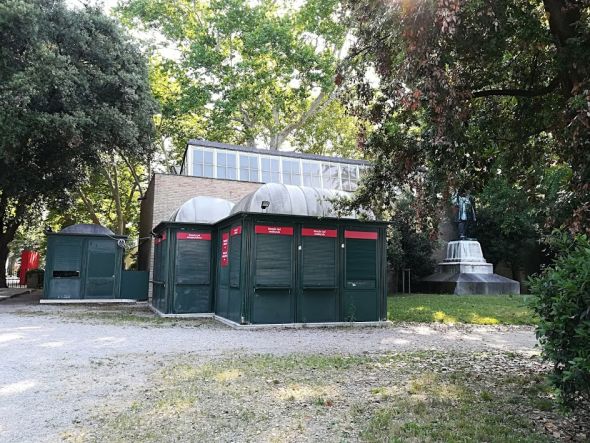
Sharp-eyed readers, no matter how well-read, probably wouldn’t associate “Modena” (MOH-deh-na) with a man, but rather with the city which is the fountainhead of balsamic vinegar. A slightly curious last name, for someone born in Venice, but there’s a man in Modena with the last name “Venezia.” Seems fair.
Gustavo Modena (1803 – 1861) appears by now to have been consigned to corners — of libraries, of artistic and political discussions, and even of the Giardini Pubblici in Venice. But he was front and center in Italian artistic and political life in the mid-1800s — arguably the premier Italian actor of the 19th century — and active in the secret revolutionary society known as the “carbonari” which was a driving force in the efforts to unify Italy. When he wasn’t acting, he was being followed by the police. Clearly, activist-actors aren’t a recent phenomenon and he was equally amazing in both roles (sorry).
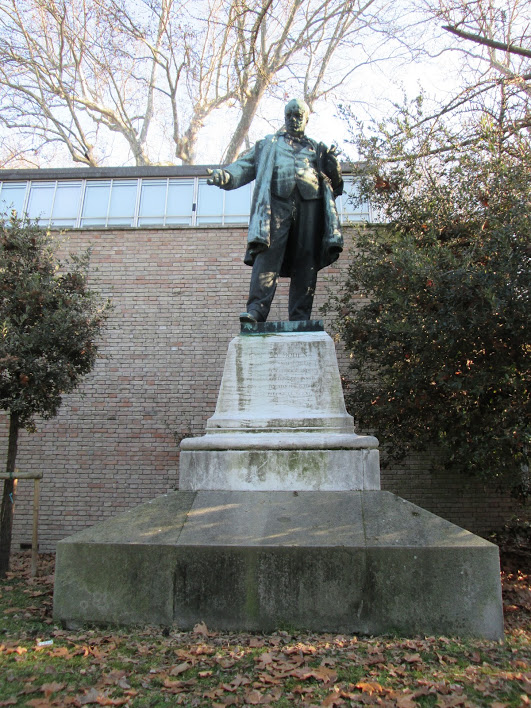
“Like so much else in the arts,” the Cambridge Guide to Theatre tells us, “the early 19th-century Italian theatre was dominated by the struggle for national independence and unification, all the more fuelled by the sentiments of the romantic movement which in Italy was a revolt not only against French-oriented classicism, but against foreign domination, political fragmentation, economic retardation, and intellectual obscurantism. More, perhaps, than elsewhere, romanticism too had strong nationalist and popular emphases.”
There is no way for us to experience his acting, unhappily for us, though contemporary reports state that it was powerful and highly naturalistic. His writings may have been equally eloquent, but when read today can’t possibly evoke the same responses as they did when Italy was in turmoil. However effective he may have been in his lifetime, only faint reverberations, if any, reach us today. I have no reason to doubt commentators who state that he achieved “strepitosi successi” — sensational successes — on the stage, but we can’t feel them. The statue looks earnest, nothing more.
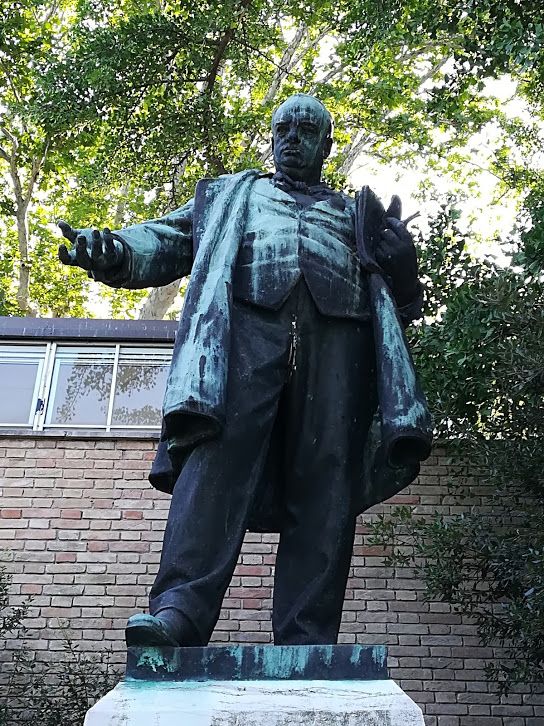
As for his fervent and unceasing labors to liberate his countrymen from their assorted overlords, I don’t presume to recount all his adventures, because I don’t presume you’d be inclined to read them. That whole historical period requires concentration.
But he isn’t completely forgotten. There are theatres named for him, as well as streets –“via Gustavo Modena”s are scattered across Italy: Rome, Milan, Padua, Florence, Bologna, Treviso, Perugia, Vigonza, and of course in Mori, his father’s home town near Trento. It’s great that he is so honored; it’s just too bad that he now seems as distant as Pharaoh Sneferka of the First Dynasty.
In Venice, though, he’ll always have that plinth.
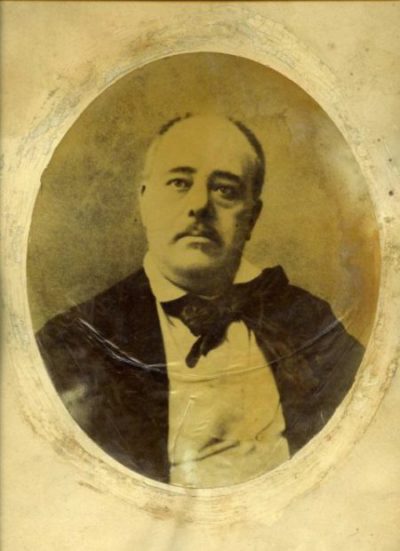
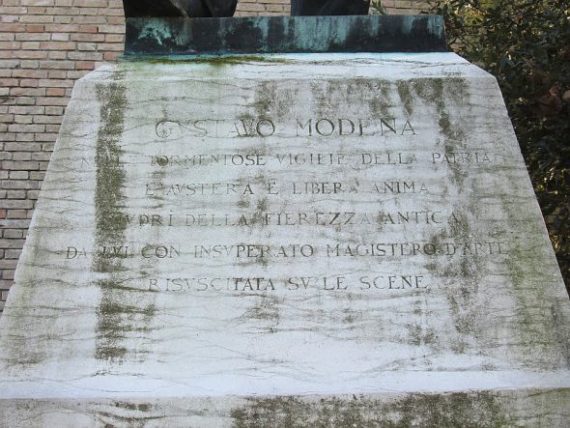


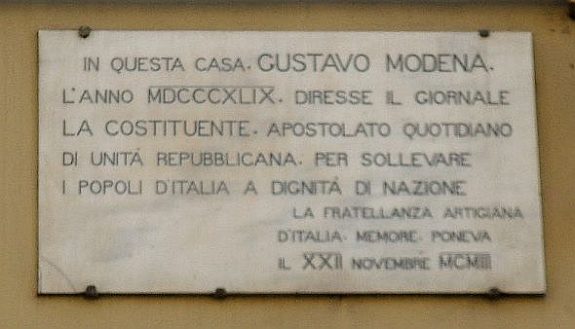
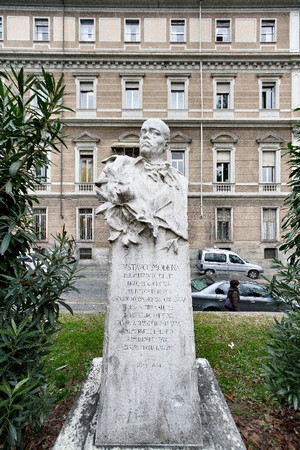
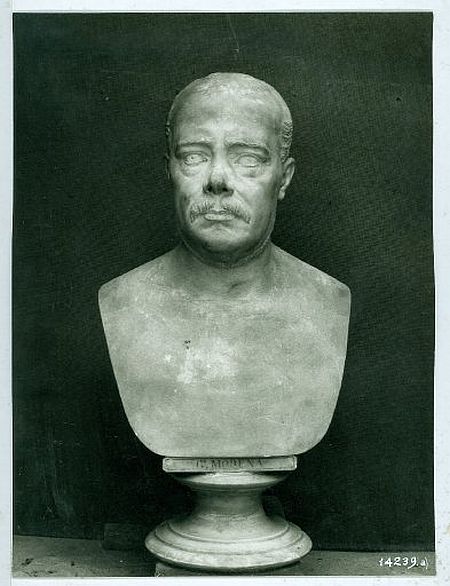
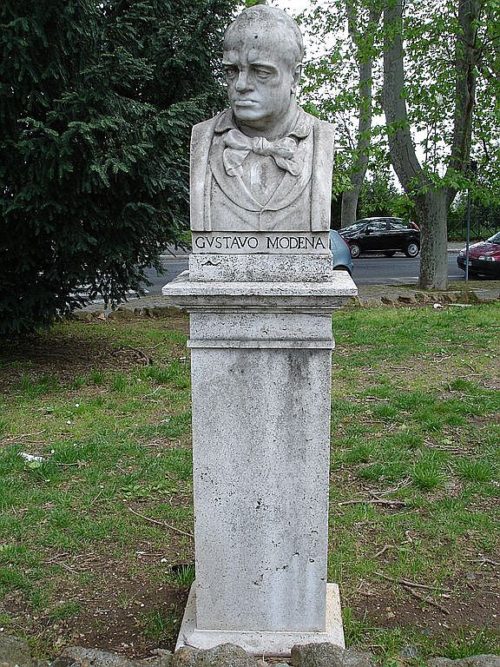
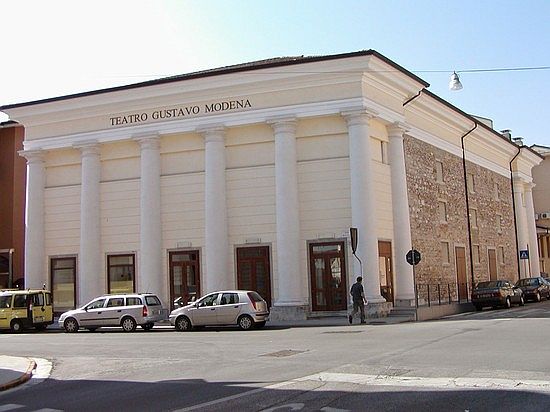
All these monuments in his honor — not bad for a man hardly anyone remembers anymore.

1 Comment
You’ve saved Gustavo Modena from the fate of Ozymandias.
Thanks for the interesting photo essay!